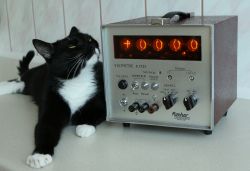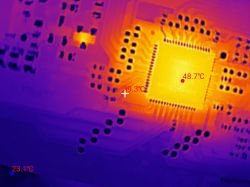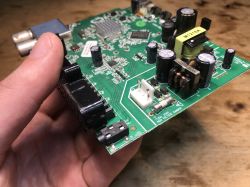FAQ
TL;DR: A relay can pass a no-load multimeter test yet still drop voltage or flicker under real current. Always verify contacts under the rated load—e.g., an automotive 12 V relay that showed 0 Ω with a meter failed when driving a 5 W bulb, revealing >3 V drop and dim light [Elektroda, tomybb, post #21540475] About 80 % of relay field failures involve pitted or oxidised contacts, not coils [CUI Devices, 2023].
Quick Facts
• Rated contact resistance: ≤100 mΩ new (measured at 1 A, 6 V DC) [Omron G8HN Datasheet, 2023]
• Minimum recommended load (self-cleaning): 10 mA @ 5 V DC for AgSnO2 contacts [TE Connectivity App-Note, 2021]
• Typical automotive coil range: 9–16 V DC; pull-in ≤8 V [Panasonic AQY, 2022]
• Mechanical life: 1 × 10⁶–10⁷ operations; electrical life: 1 × 10⁵ @ rated load [IEC 61810-1]
• Replacement cost: USD 2–10 for 30 A PCB relay; specialised milliohm meter ≈ USD 150+ [Digi-Key 2024 pricing]
Why can a relay read “0 Ω” on an ohmmeter but still fail?
Most handheld meters inject only µA–mA. Light current flows through a thin oxide film, so the meter shows near-zero resistance. When the relay later sees amperes, the film heats, expands, or arcs, causing tens of milliohms and large voltage drop [Elektroda, tomybb, post #21540630]
How do I test a 12 V automotive relay under load?
Feed the coil with 12 V, then place a 5 W–21 W bulb or resistive dummy load on the switched contacts. Measure voltage across the load. Anything >0.3 V drop at 2 A (≈150 mΩ) signals worn contacts [Elektroda, tomybb, post #21540475]
What contact resistance indicates replacement?
For a small power relay, >100 mΩ exceeds most datasheet limits. At 10 A this equates to 1 V loss and 10 W heating, risking welding [Omron G8HN Datasheet, 2023].
How can I measure milliohms accurately?
Use a four-wire (Kelvin) milliohmmeter or source 1 A through the contact and read the mV drop with a DMM; R = V/I. "Kelvin sensing eliminates lead resistance errors" [Keysight AN 346-12].
Does minimum load current matter?
Yes. Gold-flashed or AgSnO2 contacts need ≥10 mA to break surface films. Switching only microamps accelerates oxidation [TE Connectivity App-Note, 2021].
What symptoms suggest coil problems instead of contacts?
High coil resistance, no pull-in click, or intermittent pull-in below rated voltage point to open turns or shorted coils [Elektroda, rosomak19, post #21541143]
Is tapping the relay a valid diagnostic?
Light tapping can temporarily reseat stuck contacts and confirm a mechanical fault but is not a fix [Elektroda, maly310, post #21541790]
When should I choose a contactor instead of a relay?
Loads above 30 A AC or 60 A DC, or circuits requiring arc-chutes and auxiliary contacts, call for a contactor per IEC 60947-4-1. Relays handle lighter duty cycles [IEC 60947-4-1].
Can I clean or refurbish pitted contacts?
Manufacturers advise replacement; polishing removes precious plating and alters contact geometry. "Do not file or sand relay contacts" [Omron Relay Handbook, 2020].
What specialised testers exist?
Handheld instruments like Testboy TV 900 generate up to 20 A test current and display contact resistance, combining load and ohmmeter checks [Elektroda, acctr, post #21540684]






